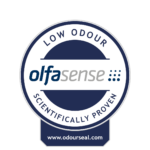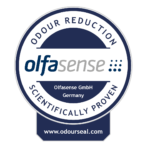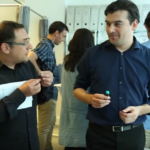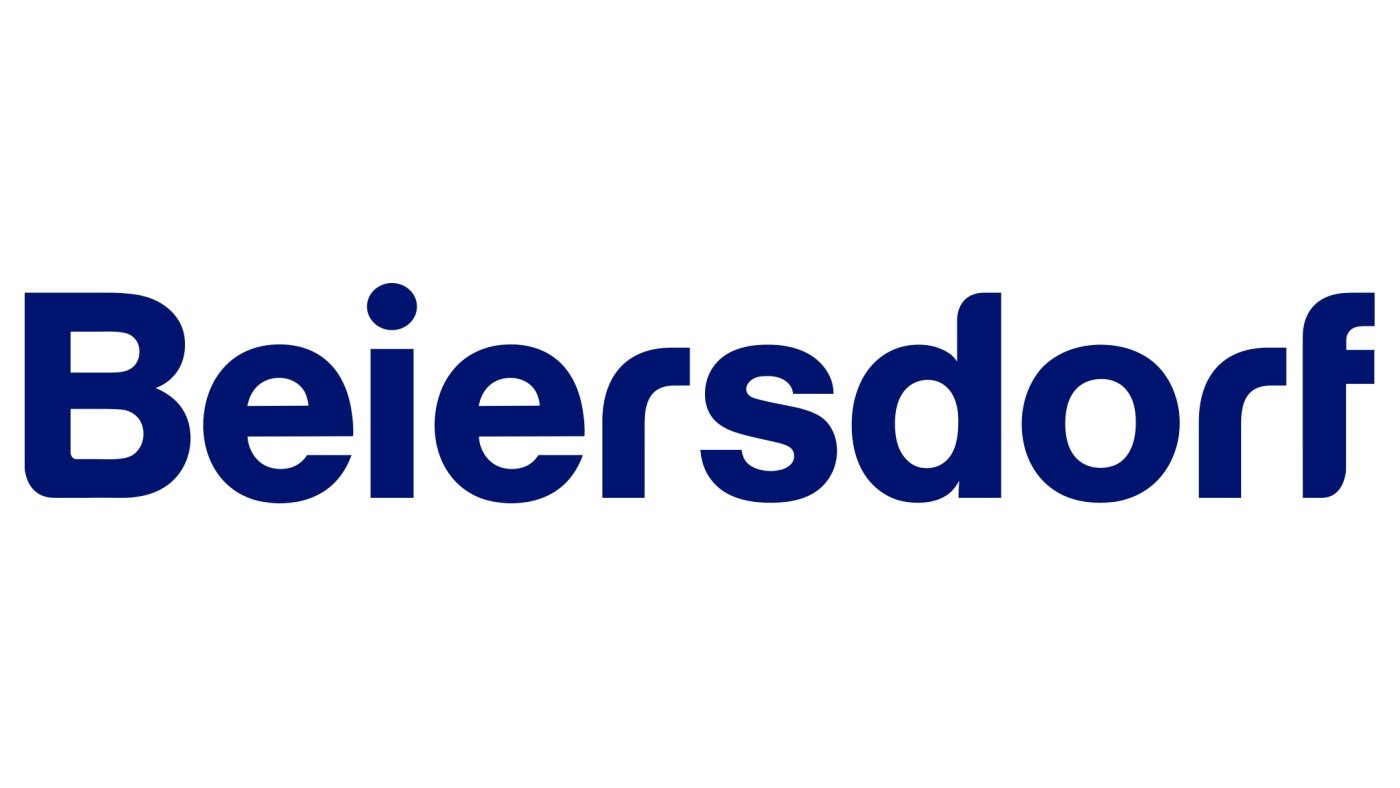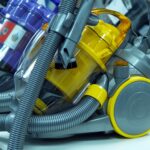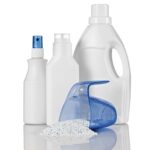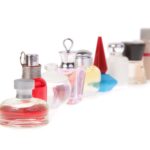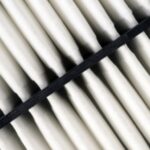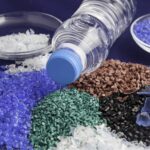Odour testing for product & material optimisation
In our ISO 17025 accredited odour laboratories, we measure the odour of your products and materials. Our extensive odour analyses and evaluations help you to recognise the odour performance of your product. And to have unique or particular odour properties of your products and materials confirmed by an independent party. Our odour testing services support you in the following ways:
- in the development of products in such a way that the desired odour performance is achieved or enhanced
- in scientifically substantiating the product statements of your marketing claim
- ensuring the quality of your products in the long term


The 4 steps of odour measurement and VOC emission testing
Trust the best noses and the best instrumental techniques – worldwide and across all industries
Olfasense is the world’s largest specialist in odour measurement and VOC emission testing for products and materials. Our expertise: More than 6500 projects in over 65 countries in all odour-related industries. Our claim: Valid and reproducible measurement results through an exact selection of odour panels, techniques, and methodologies, as well as specific training and the monitoring of precise data.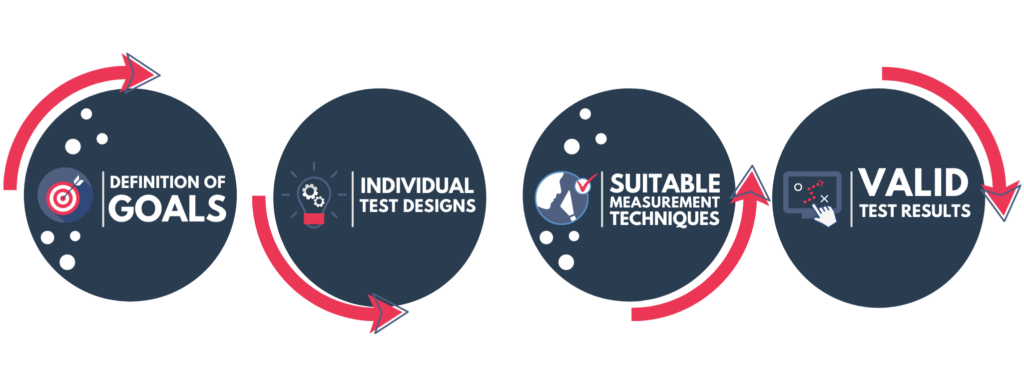
1. Definition of goals
Together with you, we clarify your question related to odour evaluation and VOC emission testing. We will also define your needs and goals.
2. Individual test designs for sampling
In order to perform the tests as realistically as possible, we combine standardised human sensory measurement methods and individualised sampling strategies in a goal-oriented manner. This way we achieve the best possible results.
3. Standardised measurement methods or analyses
Our odour analysis services help you to determine the human sensory or molecular properties of your products and materials. We identify and document desired and undesired odours, off-odours, and the efficiency of odour reduction. To complement our service portfolio, we perform individual or standardized VOC emission tests to identify the volatile organic compounds emitted by your products and materials.
4. Valid results and recommendations for action
You will receive a full odour evaluation and/or VOC emission test report. You will be able to adapt recipes, manufacturing processes, and the selection of your suppliers. This enables you to develop better products, ready for the market.
Sensory and molecular testing capabilities
Human sensory laboratory
We provide a state-of-the-art odour sensory laboratory for all questions related to human odour perception. All services are delivered by more than 35 highly experienced professionals with a permanent dedicated team of 50 panel members that are trained and carefully selected according to various standards such as EN 13725 and ISO 16000-28 among others, as well as 4 highly qualified sniffers for odour characters. By applying accurate statistical analysis, we will answer your odour-related question.
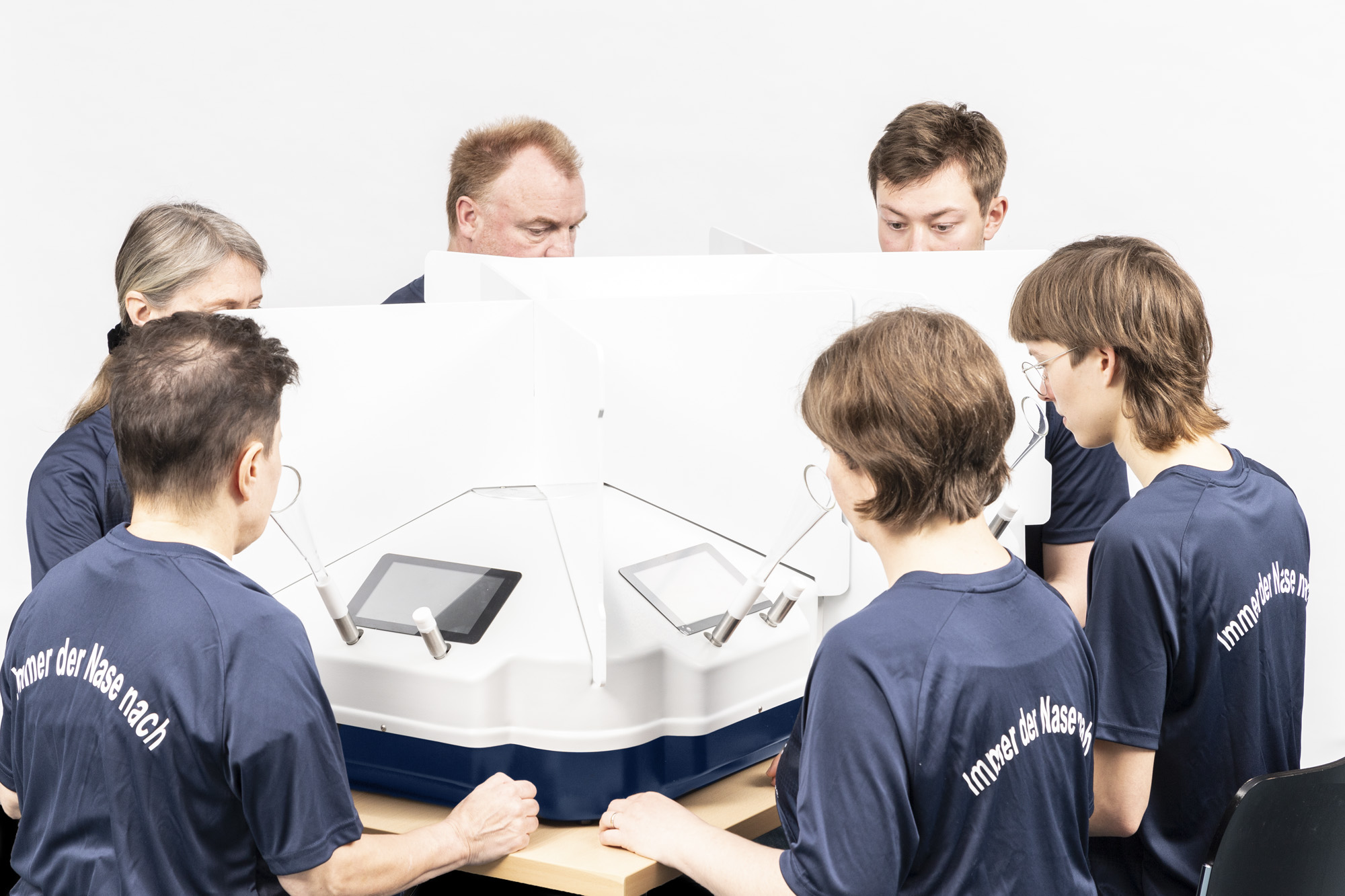
Chemical identification of odours & VOCs
Our molecular evaluation services enable you to understand the chemical nature of the volatile emissions and odours of your product or material. Using cutting-edge technology (GC-MS, GC-Sniffing, GC-IMS), Olfasense enables the individual identification and quantification of the molecules that contribute to the emission or the perceived odour.
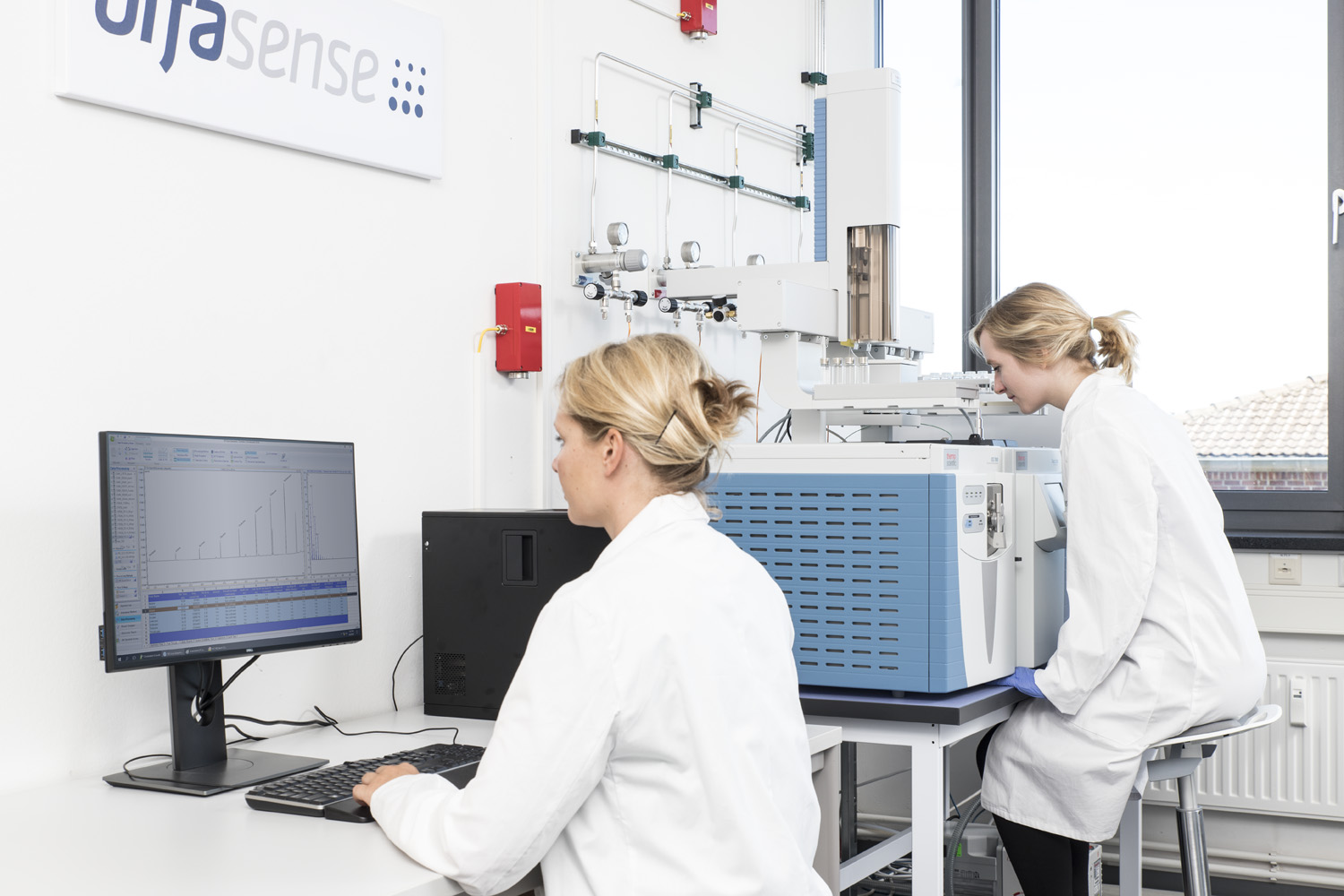
Demonstrate the olfactory performance of your products
Your direct path to our supplementary services
Client feedback


